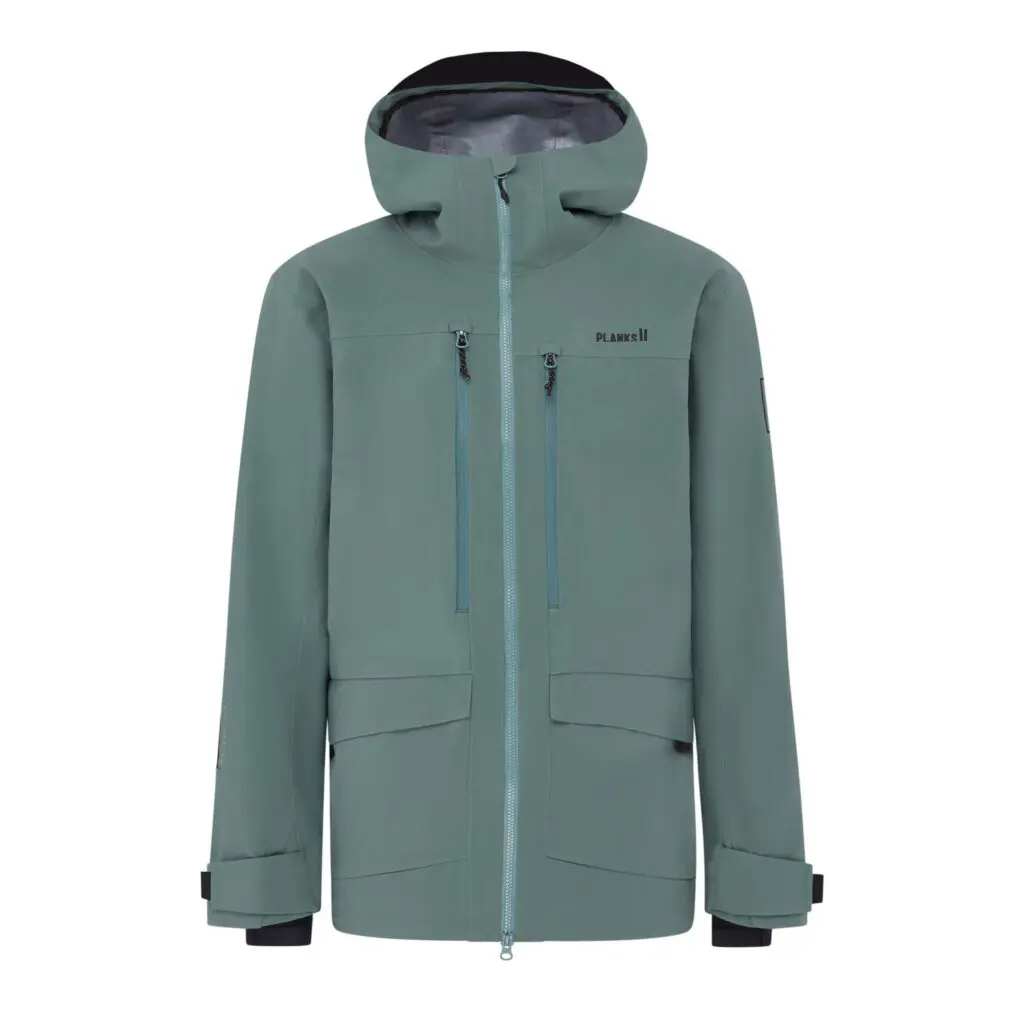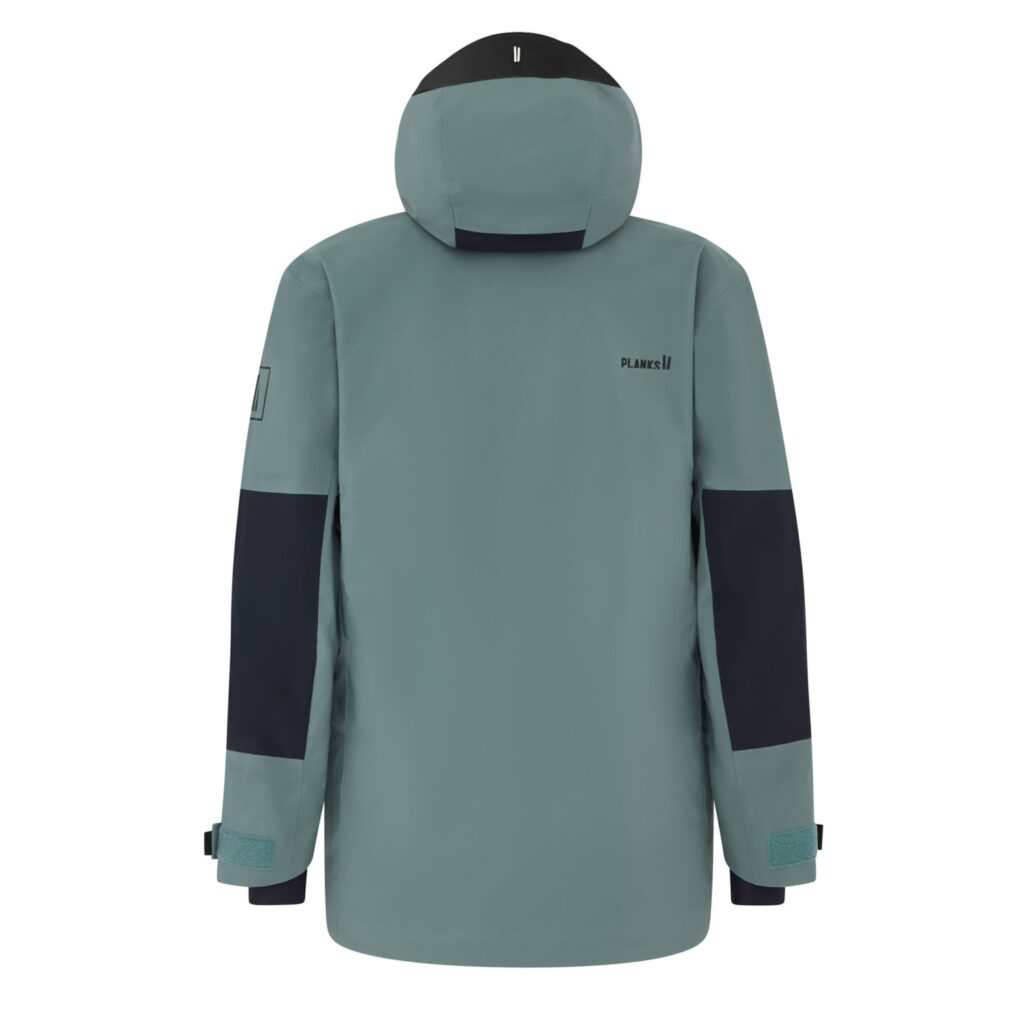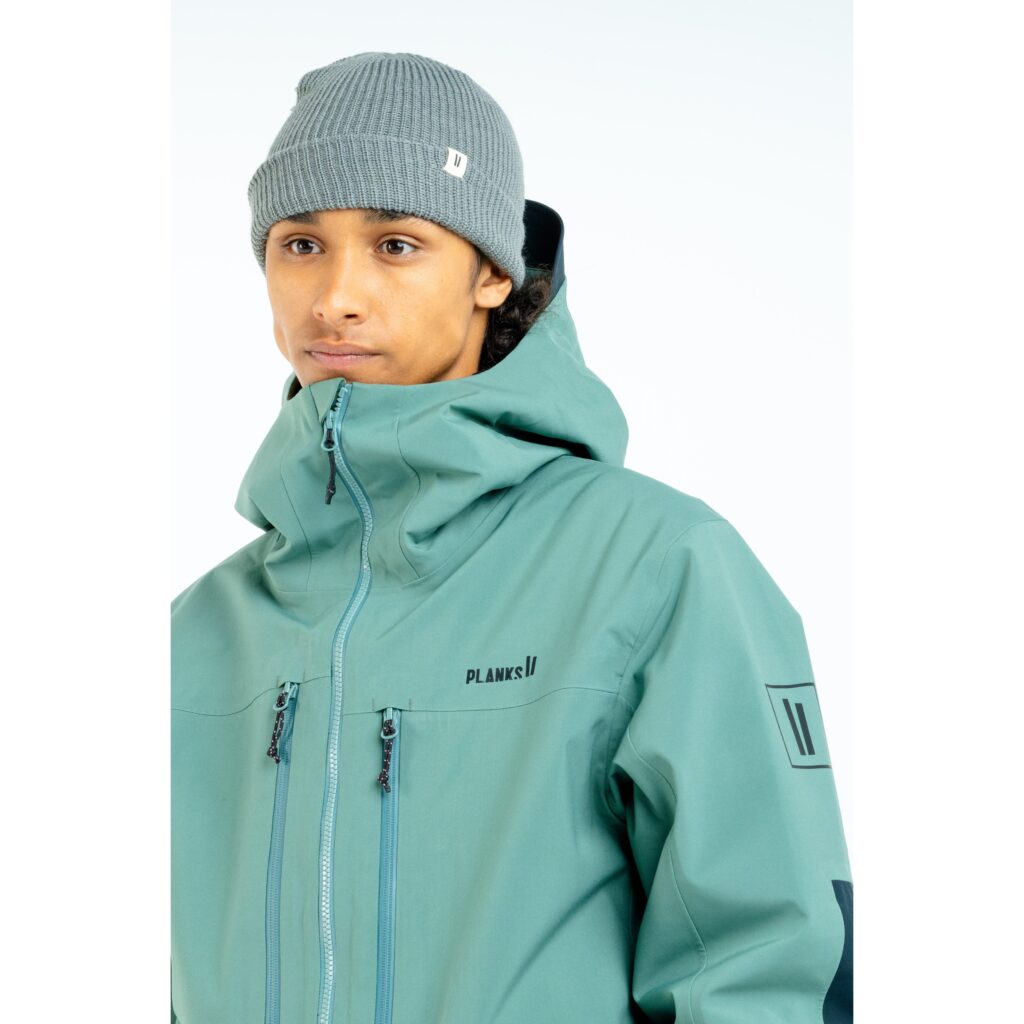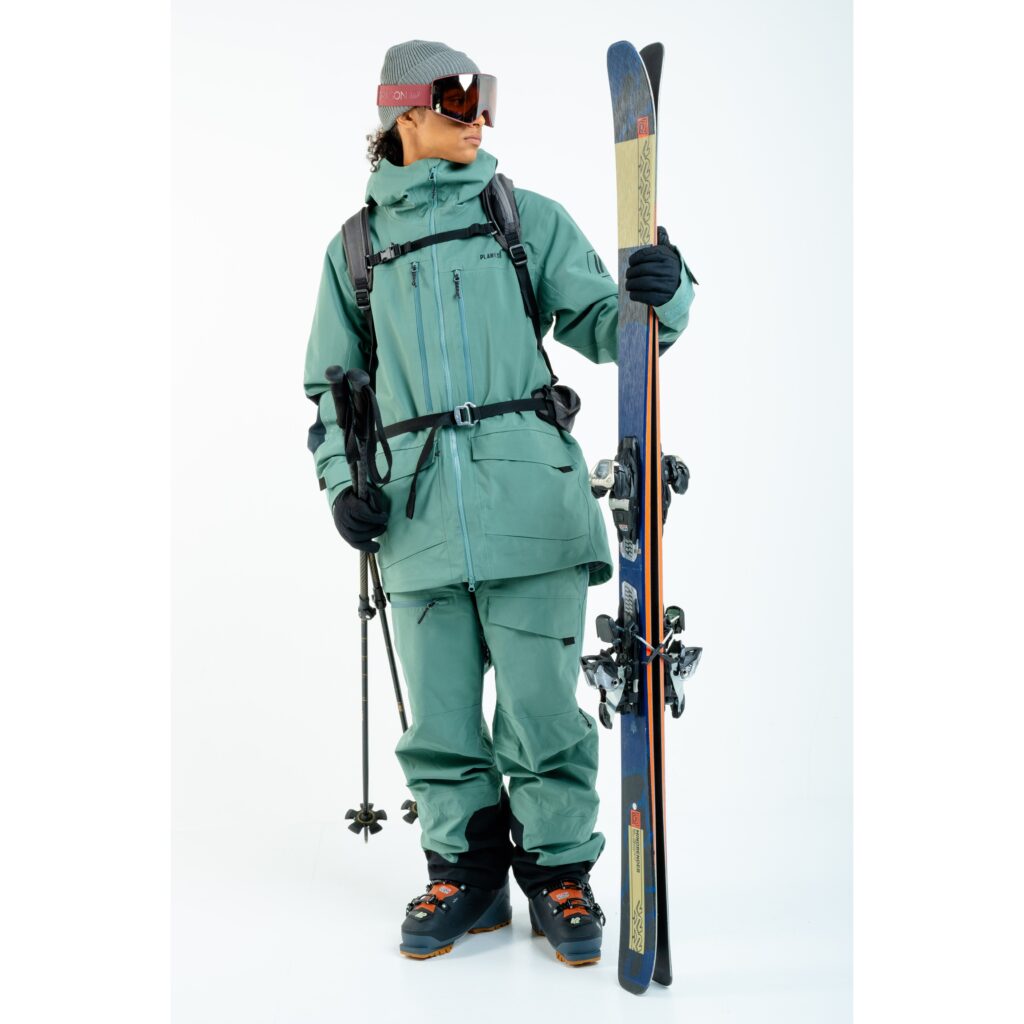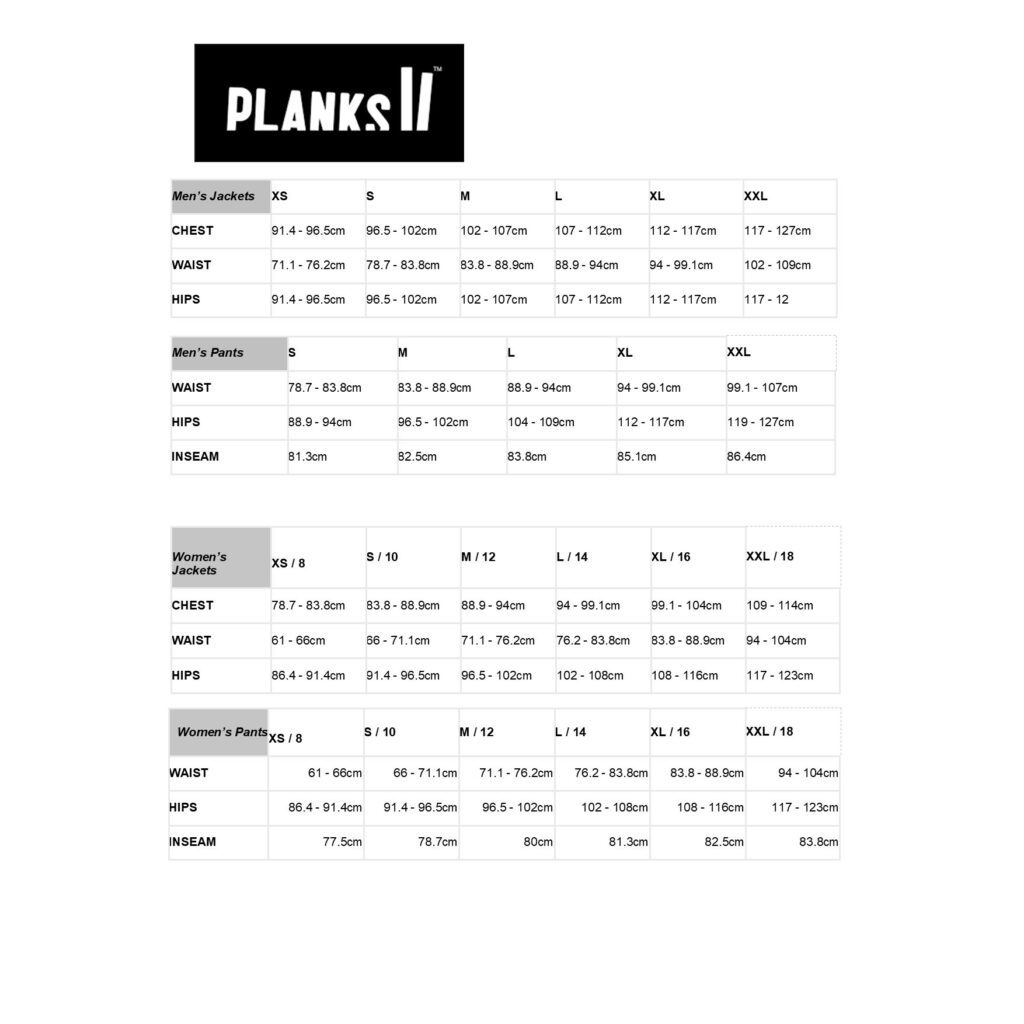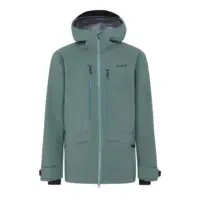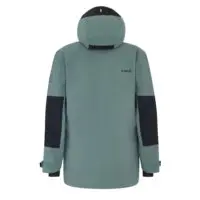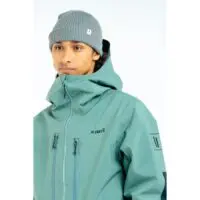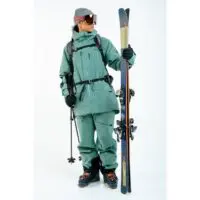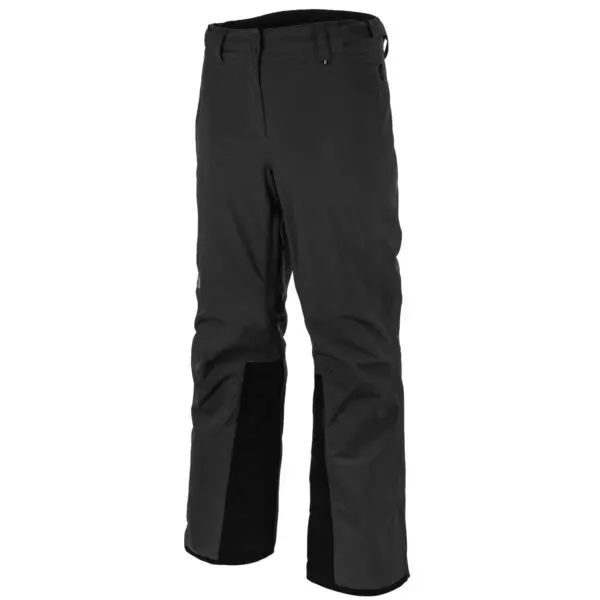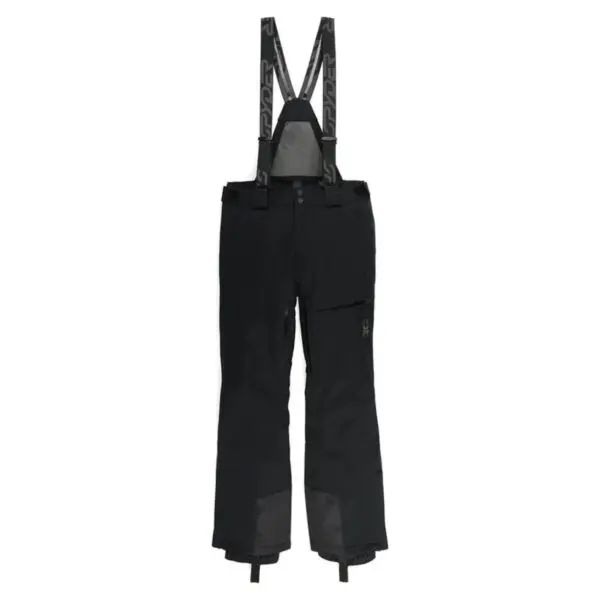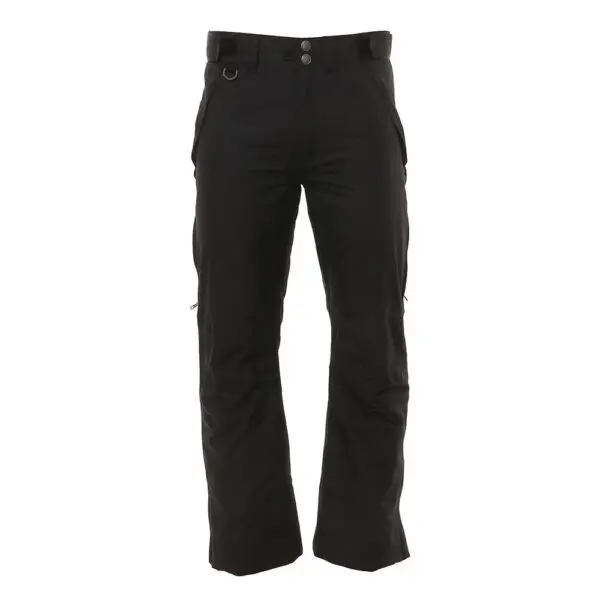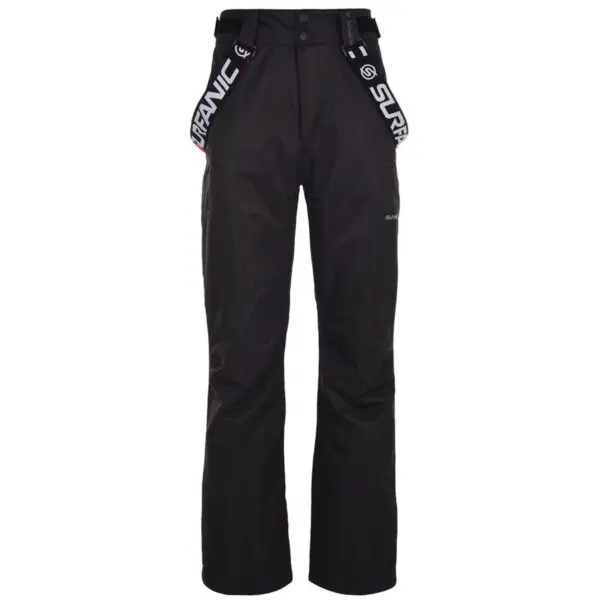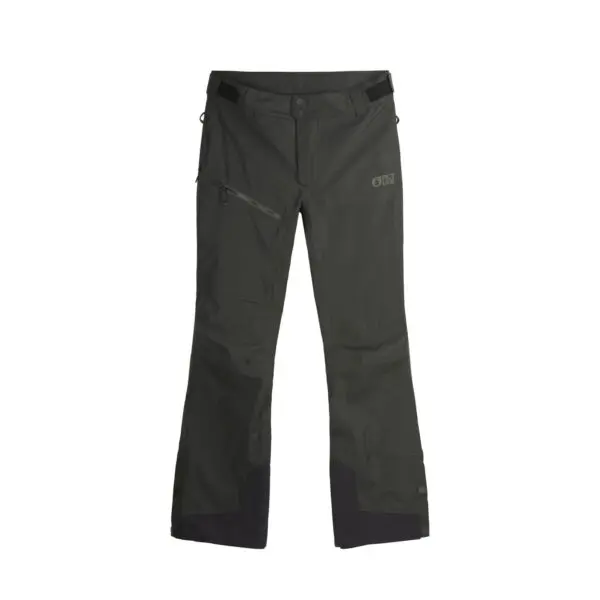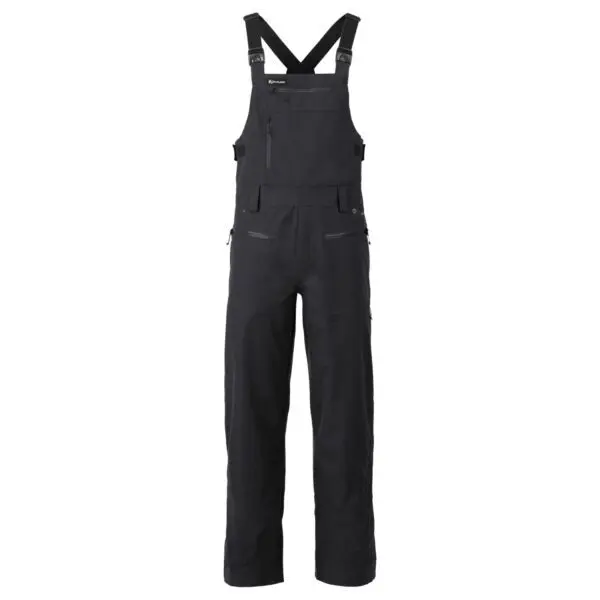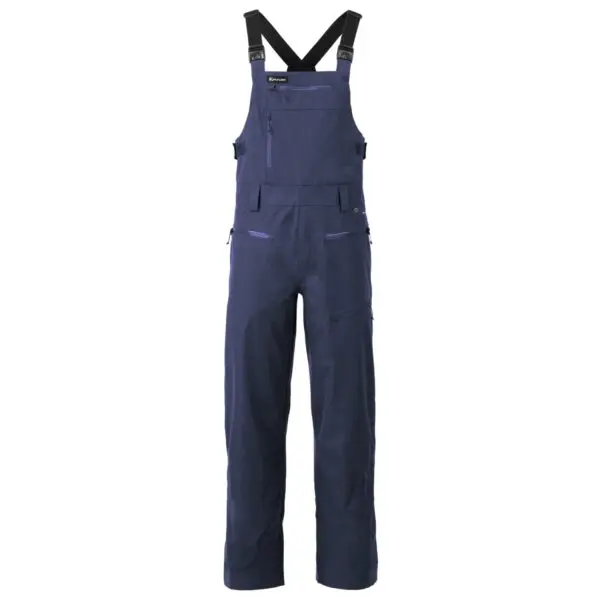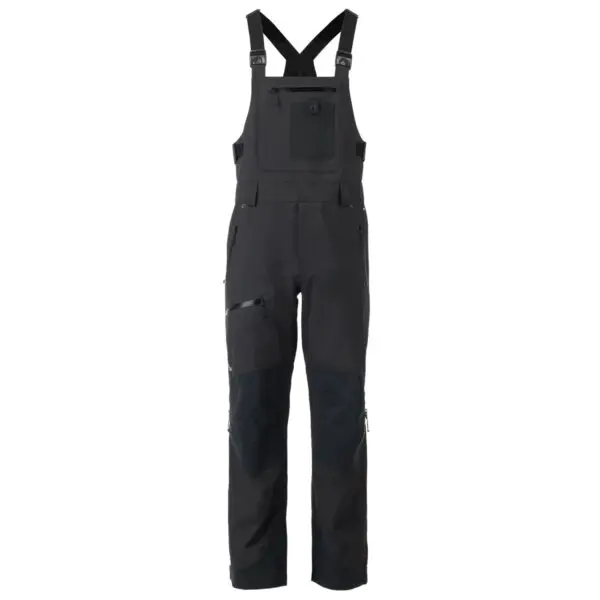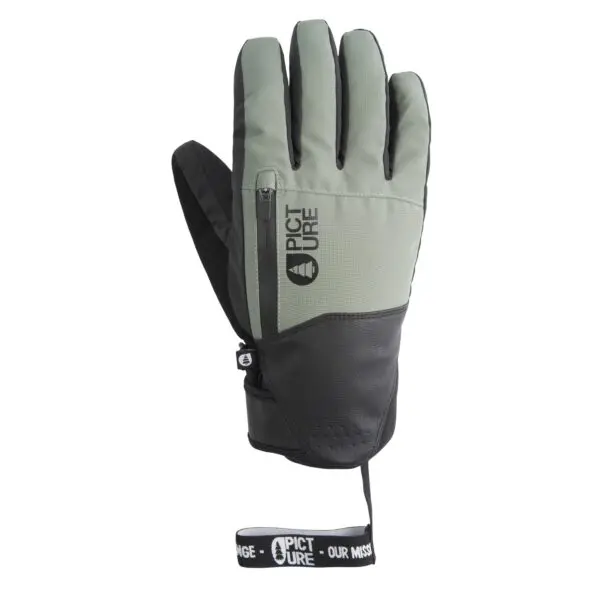Planks Charger 3L Shell Jacket – Sage Green
$799.90
$319.90
gnomes V.I.P Club offers members special discounts on current season products. It’s free to join. Login or Register.
Description
For the back country extraordinaires or the die-hard skiers out there looking for top end performance, the Planks Charger 3L Jacket is feature-packed with the best tech to back itself. With fully taped seams, the recycled 2-way stretch fabric is bonded to Planks’ most waterproof and breathable 20k/20k membrane. Its strategically placed venting system, front and back, provides great breathability on those gruelling up hikes and has plenty of room to chuck a mid-layer on underneath for when the weather doesn’t want to play ball. Extras include a removable snow skirt, front dump pockets and helmet compatible hood ticking the rest of the boxes. A top pick for the season.
Features & Specs:
Materials: 45% REPREVE recycled polyester / 55% polyester
Breathability: 20K
Waterproofing: 20K
Insulation: Shell Jacket
Fit: Outerwear relaxed silhouette stay in normal size if you like the longer relaxed look or downsize for a regular fit
RIDEdry20
20,000mm waterproof | 20,000g/m2 breathable – Highly waterproof and breathable, this premium three-layer fabric keeps its wearer dry and comfortable in the wettest and least hospitable environments, during the most vigorous exercise. The inside is finished with a soft mesh backing to create a minimalist, durable 3L fabric, that’s perfect for technical shell outerwear.
REPREVE® recycled polyester – Lightweight face fabric made with Repreve® recycled polyester yarn is bonded to a technical membrane. Solvent free DWR coating is applied to the outside of our fabrics to aid water beading. Planks’ outerwear fabrics are Bluesign approved.
Additional Features:
- 2 Way mechanical stretch fabric
- Centre zip venting
- Backpack venting
- Dual-use chest pocket venting
- Large front dump pockets
- Lightweight removable snow skirt with drawcord
- Taped seams
- Media pocket
- Fully waterproof YKK zips
- Pre-shaped arm construction
- Slight drop-tailed silhouette
- Lift pass pocket
- Extended top cuff shaping
- Mesh double inner stash/goggle pocket
- Ergonomic wrist gaiters
- Helmet compatible hood
- Solvent free DWR coating
Choose your items confidently by reading our buying guide.
Related Gear
We are a team of passionate skiers, our lives are entangled in a world of snow, mountains & ski paraphernalia. Take a look at how we can help you.
-
Sale!

Planks Easy Rider Pant – Black
$369.90
$147.90Save 60% -
Sale!

Planks Slide Away Jacket – Brush Khaki
$499.90
$199.90Save 60% -
Sale!

Planks All-Time Pant Women’s – Black
$479.90
$191.90Save 60% -
Sale!

Spyder Dare Pant – Black (Regular Leg)
$499.90
$299.90Save 40% -
Sale!

XTM Glide Pant – Black
$195.90
$117.90Save 39% -
Sale!

Surfanic Comrade Pant – Black-
$229.90
$137.90Save 40% -
Sale!

Picture Object Pant – Black
$399.90
$239.90Save 40% -
Sale!

Picture Eron 3L Pant – Black-
$499.90
$299.90Save 40% -
Sale!

Flylow Firebird Bib – Black
$599.90
$359.90Save 40% -
Sale!

Flylow Firebird Bib – Night
$579.90
$347.90Save 40% -
Sale!

Flylow Baker Bib – Black
$799.90
$479.90Save 40% -
Sale!

Picture Madson Glove – Laurel Wreath
$129.90
$103.90Save 20%
Buying guide
Use our buying guide to help you purchase the perfect ski jacket.
The industry standard procedure for measuring a garment’s waterproofing is to place a column of water on a fabric and then increase the water level so more pressure is exerted. Once the water starts to penetrate the fabric, the water level is measured. This gives the fabric’s waterproof rating in mm e.g. 10,000mm. The higher the number, the higher the water proof capability of the item.
Other areas of waterproofing concern are the seams. The stitching, done during manufacture, requires taping or sealing to be waterproof. In some cases all the garment’s stitching is taped while in others only critically placed stitching is taped (i.e. through the shoulders, hood and chest – high exposure areas).
Waterproof/breathable fabrics have pores large enough for water vapour to escape, but small enough to prevent liquid passing through. The garment must be able to breathe from the inside out, otherwise during activity perspiration moisture cannot escape. The garment becomes wet on the inside and the body’s temperature will drop because of it.
Oils, dirt, perspiration and other contaminates will eventually break down the waterproofness and breathability of any garment and so, with time, they become permeable and fully breathable.
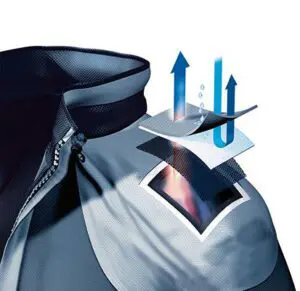
To make sure you remove moisture (perspiration) away from the body while remaining warm, use an appropriate layering system.
Base Layer
This is the most important layer of them all. This layer sits next to the body and has to work the hardest to remove moisture away from the skin and through the other layers. The base layer needs to fit closely to the body. Always choose base layers that have high wicking (removal of moisture away from the skin) properties, so it will regulate your body temperature. If you choose a fabric like cotton, this only stores moisture so will make you feel cold and damp eventually.
Mid Layer
The mid layer is there to add insulation as well as remove moisture from the base layer out to the outer layer. It is better to wear multiple mid layers than one thick one, as this promotes warmth by trapping warm air. Multiple light mid layers can be added or removed as required. Good examples are light fleeces or slightly heavier weight thermals containing merino wool or silk.
Outer Shell
The outer layer consists of jackets and pants, which are there to protect from snow, wind and rain elements. They must be waterproof as well as breathable to remove moisture away from the mid layer, thereby keeping you warmer and dryer. Jackets and pants come in numerous different styles, cuts and fabrics. Choose one that fits comfortably and meets your requirements of waterproofness and breathability.

Venting: Extra zips allow increased air flow when the body gets too warm. These are usually found in the upper leg area on pants and under the arm or across the chest, in jackets.
Hoods: Most jackets come with hoods that can either be folded away at the back of the neck or removed and placed in a pocket at the lower back. Modern hoods are shaped to be able to fit over any ski helmet.
Pockets: Pockets for storage are found everywgere, inside and out, on jackets and pants. Think about what you usually have on you and make sure there’s a place for it.
Powder Skirts: An elasticised skirt that stops snow and wind entering the jacket.
Cuffs: They are designed to keep the elements away from wrists. They need to be adjustable to maximise their performance.
Reinforcements: In high use areas harder wearing fabric is used to slow down wear and tear. This reinforced material is often found on shoulders where packs are used as well as lower inside leg area to prevent cuts from ski/snowboard edges.
Seamed/Taped sealed: Garments either fully or critically seam sealed to prevent snow and rain penetrating seamed areas. Crital means only areas deemed “critical” are taped whereas in a fully taped piece all seems are sealed.
Storm flaps: These flaps cover exposed zips with the purpose of stopping snow/wind and rain getting through.
Articulated Areas: Articulated areas make the garment much more comfortable to move in.
Belt Hoops: Fairly obvious – so a belt can be worn on pants, to help them stay in a secure place.
